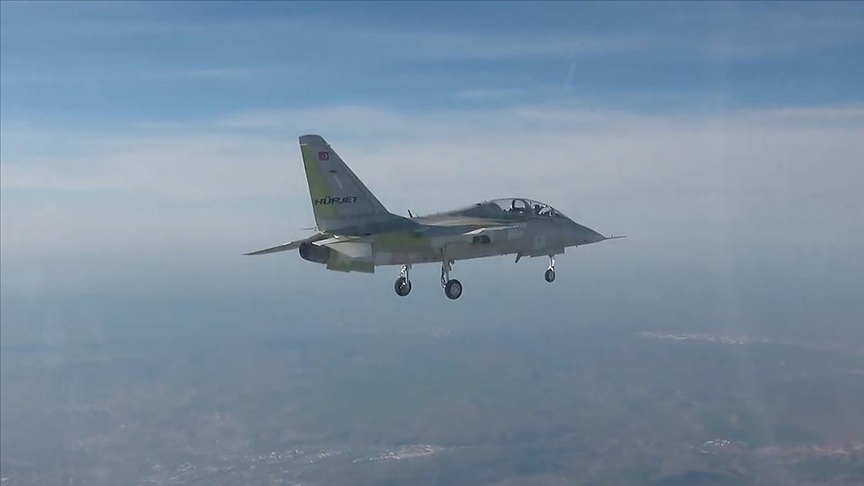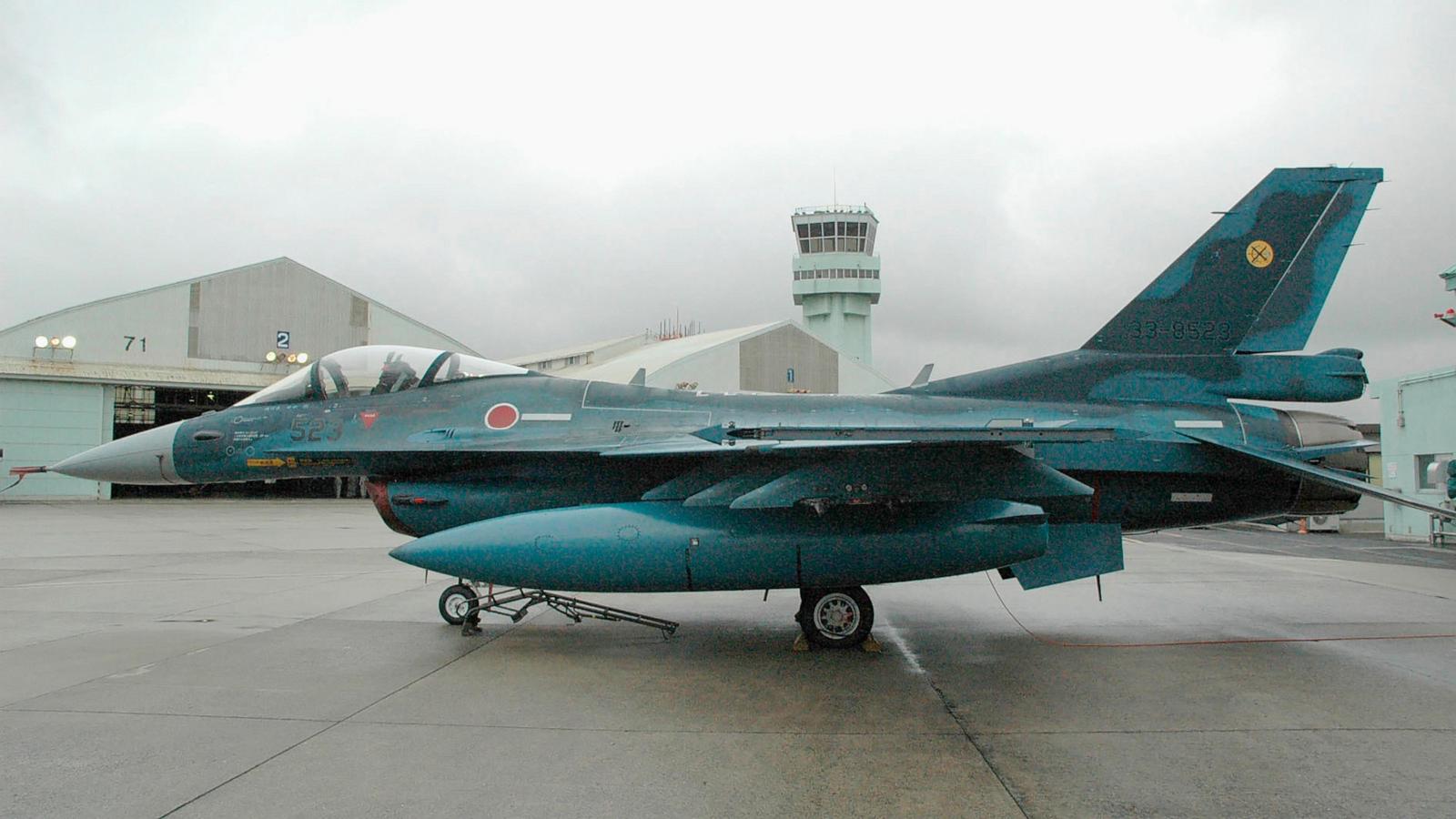
Moonlight Might Obscure Orionid Meteor Shower, Halley's Comet Debris
Robotics news > Moonlight Might Obscure Orionid Meteor Shower, Halley's Comet Debris
Orionid Meteor Shower Peaks Early Monday
WASHINGTON -- The Orionids, one of the two annual meteor showers originating from Halley's comet, will peak early Monday. However, a bright waning moon may obscure visibility. This meteor shower can be inconsistent, sometimes resembling a vibrant fireworks display while being relatively quiet in other years.
Nasa's Bill Cooke notes that under the best conditions, viewers might see between 20 to 60 meteors per hour. This year, the peak activity coincides with a waning moon that is 83% full. The shower runs until November 22.
Most meteor showers occur annually, and no special equipment is necessary for viewing. The Orionids specifically come from the debris of Halley's comet. As meteoroids enter Earth's atmosphere, they heat up due to air resistance, creating the glowing trail seen as a "shooting star."
Cooke explains that Halley's comet does not shed the same number of particles each year, contributing to the unpredictability of the shower's intensity.
Optimal viewing times for meteor showers are generally between midnight and dawn, especially in dark skies away from city lights. Clear, cloudless nights enhance visibility, particularly when the moon is less bright. To improve night vision, Cooke advises minimizing smartphone use while stargazing.
October has featured several celestial events including a recent supermoon and comet Tsuchinshan-Atlas. The meteor society provides an up-to-date list of upcoming significant meteor showers, with the Southern Taurid shower set to peak in early November.
Source: ABC News















